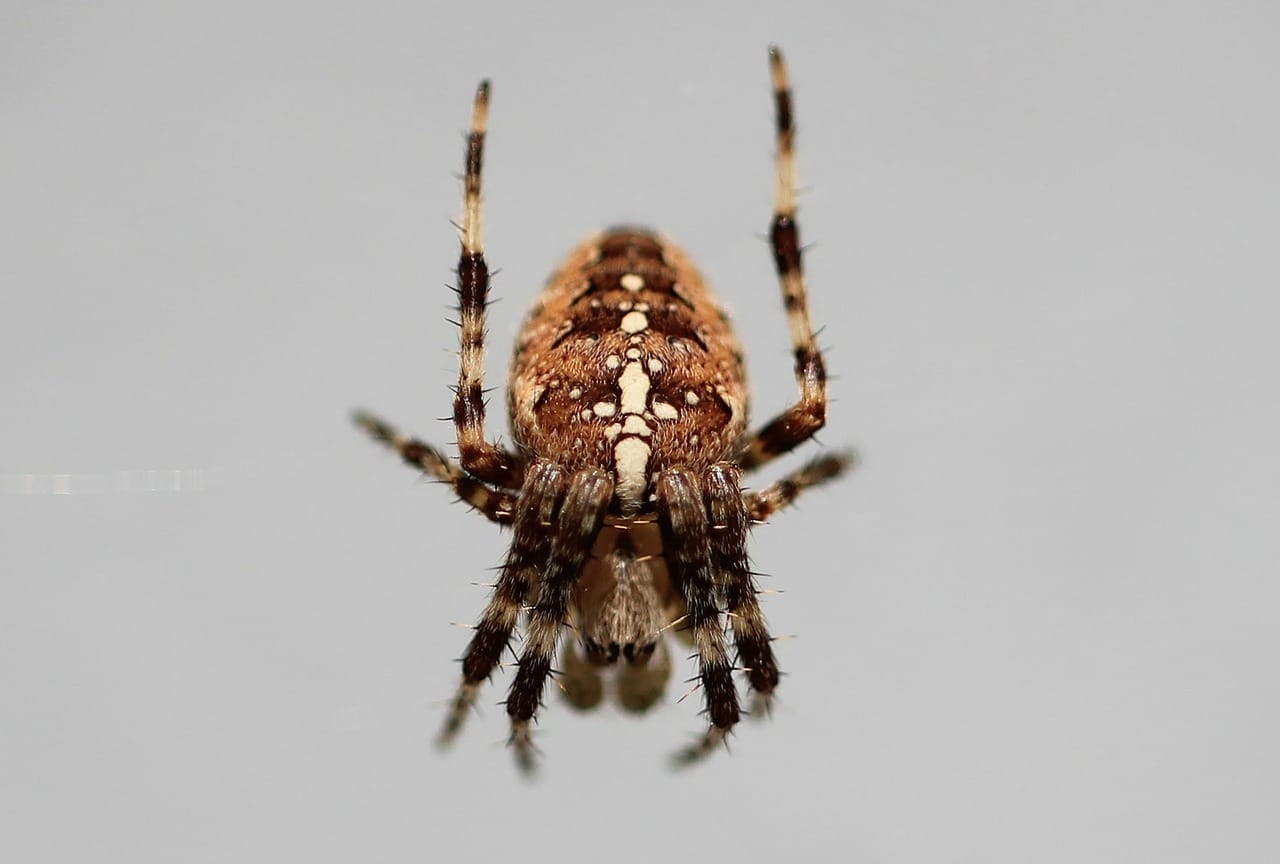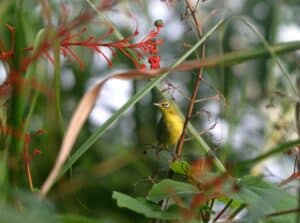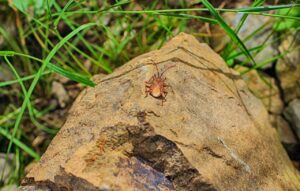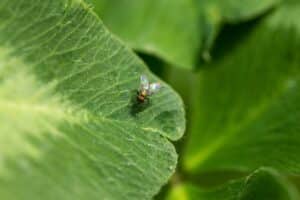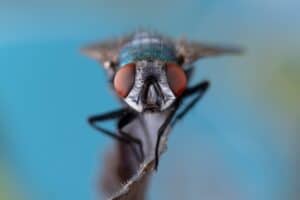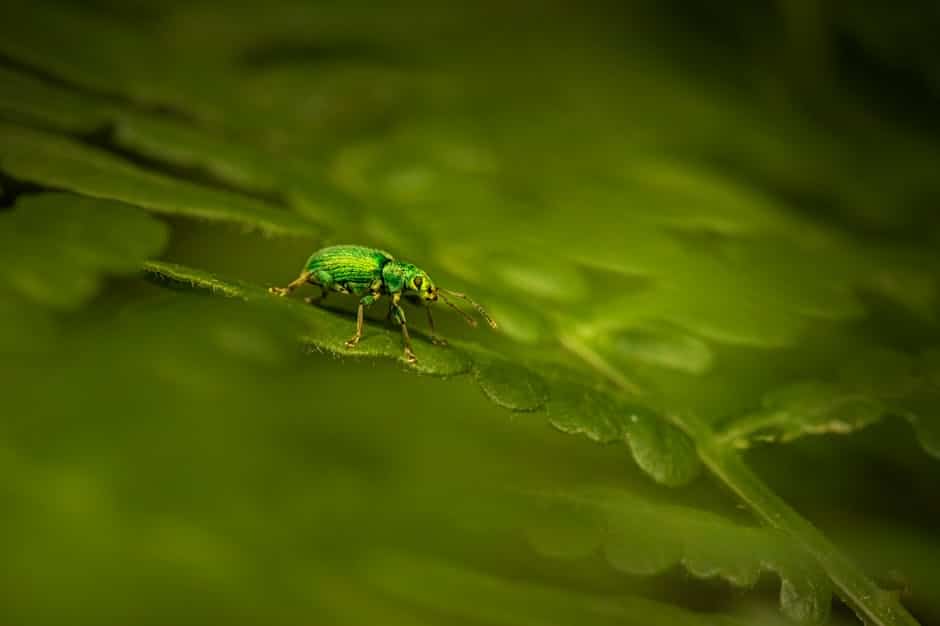Understanding the Importance of Non-Toxic Pest Control Products
In today’s world, the need for effective pest control solutions has never been more pressing. However, traditional pest control methods often rely on toxic chemicals that can pose serious health risks to humans, pets, and the environment. This is where non-toxic pest control products come into play, offering a safer alternative that prioritizes well-being without compromising on effectiveness.
Benefits of Non-Toxic Pest Control Products:
- Health Safety: Non-toxic pest control products minimize exposure to harmful chemicals, reducing the risk of respiratory issues, skin irritations, and other health complications for both humans and pets.
- Environmental Protection: These products are often biodegradable and less harmful to the ecosystem, helping to protect beneficial insects, wildlife, and water sources.
- Long-Term Solutions: Non-toxic methods often focus on prevention and sustainable practices, addressing the root causes of pest infestations rather than just treating symptoms.
Another significant aspect of non-toxic pest control is its growing acceptance and effectiveness in both residential and commercial settings. As awareness of the potential dangers of chemical pesticides increases, consumers are seeking out safer options that do not compromise their health or the integrity of their living spaces. Non-toxic products can effectively manage pest populations while ensuring a safe environment for families, pets, and employees.
Moreover, the use of non-toxic pest control products aligns with a broader movement towards sustainable living. Many of these products incorporate natural ingredients and eco-friendly practices, making them an integral part of an environmentally conscious lifestyle. As more people become aware of the negative impacts of synthetic chemicals, the demand for non-toxic solutions continues to rise, encouraging innovation and development in this vital area of pest management.
Top Benefits of Choosing Non-Toxic Pest Control Solutions
When it comes to managing pest problems in your home or business, opting for non-toxic pest control solutions offers numerous advantages that prioritize safety and sustainability. One of the most significant benefits is the protection of your health and the health of your loved ones. Traditional pest control methods often rely on harsh chemicals that can linger in the environment and pose risks to humans and pets. In contrast, non-toxic solutions utilize natural ingredients that are effective in eliminating pests without compromising indoor air quality or creating hazardous living conditions.
Environmental Responsibility is another compelling reason to choose non-toxic pest control. Many eco-friendly pest management strategies are designed to minimize the impact on the ecosystem. By avoiding synthetic pesticides, you help preserve beneficial insects, pollinators, and other wildlife that play essential roles in our environment. This approach not only helps maintain biodiversity but also supports the health of local ecosystems, ensuring that natural pest control methods remain viable for future generations.
Moreover, non-toxic pest control solutions often promote long-term pest management rather than temporary fixes. By focusing on preventive measures and natural deterrents, these methods encourage a more holistic approach to pest control. This can include practices such as sealing entry points, maintaining cleanliness, and utilizing natural repellents, which can lead to a sustainable and pest-free environment.
Lastly, choosing non-toxic pest control can enhance your peace of mind. Knowing that you are using safe and environmentally friendly products can alleviate concerns about potential side effects associated with chemical treatments. Homeowners and business operators can feel confident in their choice, understanding that they are not only protecting their property but also contributing to a healthier planet. With the growing awareness of environmental issues, non-toxic pest control aligns with the values of many individuals seeking to make responsible choices for their homes and communities.
How to Identify Non-Toxic Pest Control Products
Identifying non-toxic pest control products is essential for maintaining a safe and healthy environment, especially in homes with children and pets. Start by examining the ingredients list on the product label. Look for natural substances such as essential oils, diatomaceous earth, or plant-based ingredients, which are generally considered safer alternatives to synthetic chemicals. Additionally, check for certifications from reputable organizations, such as the EPA’s Safer Choice label, which indicates that a product meets stringent safety criteria.
Another key factor to consider is the product’s method of action. Non-toxic pest control products often utilize physical means to deter pests rather than relying on harmful chemicals. For instance, traps, barriers, and repellents made from natural ingredients can effectively manage pest populations without posing risks to human health or the environment. Researching the specific action of a product can help you understand its effectiveness and safety.
When assessing a product’s safety, it is also beneficial to read customer reviews and seek recommendations from trusted sources. Look for feedback from users who have experience with the product in question, focusing on their observations regarding effectiveness and any potential side effects. Additionally, consider consulting with pest control professionals who specialize in non-toxic methods, as they can provide valuable insights and product recommendations based on their expertise.
Lastly, be mindful of the packaging and labeling of pest control products. Non-toxic options typically feature clear labeling that emphasizes their safety for children and pets. Avoid products that use vague terms or lack transparency regarding their ingredients. By prioritizing products that are clearly marked as non-toxic and environmentally friendly, you can make informed choices that protect both your home and the planet.
DIY Non-Toxic Pest Control Methods for Your Home
If you’re looking to keep your home pest-free without resorting to harsh chemicals, there are several effective DIY non-toxic pest control methods you can implement. These methods not only safeguard your home but also protect the health of your family and pets. By using natural ingredients and simple techniques, you can create an environment that discourages pests from making your home their habitat.
Essential Oils are a powerful ally in the battle against pests. Many essential oils, such as peppermint, lavender, and tea tree oil, have natural insect-repelling properties. To create a simple spray, mix a few drops of your chosen essential oil with water in a spray bottle. Spray this mixture around entry points, windows, and areas where you’ve noticed pest activity. Not only will this help deter pests, but your home will also smell delightful!
Another effective method involves using diatomaceous earth. This natural powder is made from fossilized algae and is safe for humans and pets but lethal to insects. Sprinkle food-grade diatomaceous earth in areas where you see pests, such as along baseboards or in cracks and crevices. The tiny particles will puncture the exoskeletons of insects, leading to dehydration and death, while being completely safe for your living environment.
Homemade Traps can also be a game-changer in non-toxic pest control. For example, a simple fruit fly trap can be made using a jar filled with apple cider vinegar and a drop of dish soap. The vinegar attracts the flies, while the soap breaks the surface tension, trapping them. Similarly, you can create a spider trap using a mixture of water and dish soap. Place it in areas where you’ve spotted spiders, and watch as they get caught in the sticky solution. These traps are easy to make and use common household items, making them an eco-friendly option for pest management.
Comparing Non-Toxic vs. Traditional Pest Control Products: What You Need to Know
Understanding Non-Toxic Pest Control
When it comes to pest management, non-toxic products have gained popularity for their safety and environmental benefits. These products typically use natural ingredients derived from plants or minerals, making them less harmful to humans, pets, and beneficial insects. Non-toxic pest control options often include substances like diatomaceous earth, essential oils, and organic insecticidal soaps. One of the primary advantages of these methods is their reduced chemical footprint, which is particularly important for households with children or pets.
The Risks of Traditional Pest Control Products
In contrast, traditional pest control products often contain synthetic chemicals that can pose health risks to humans and animals. Many of these products are designed for maximum effectiveness but can leave behind toxic residues that linger in the environment. Common active ingredients in traditional pesticides include organophosphates and pyrethroids, which have been linked to various health issues, including respiratory problems and neurological effects. Understanding these risks is crucial for making informed decisions about pest management in your home or garden.
Effectiveness and Application
Both non-toxic and traditional pest control products have their place in pest management, but their effectiveness can vary significantly. Traditional products tend to work faster and can be more effective against severe infestations. However, they often require strict adherence to safety guidelines and precautions during application. On the other hand, non-toxic products may require multiple applications and a more integrated approach, combining cultural practices and habitat management to achieve long-term pest control.
- Non-Toxic Products: Safer for families and pets, eco-friendly, often require multiple applications.
- Traditional Products: Fast-acting, effective for severe infestations, potential health risks, requires careful handling.
Cost Considerations
Cost is another factor to consider when comparing non-toxic and traditional pest control products. Non-toxic solutions can sometimes be more expensive due to the quality of ingredients and the manufacturing processes involved. However, the potential long-term savings from avoiding health-related issues and environmental clean-ups can outweigh the initial investment. Traditional products may appear cheaper upfront, but their associated risks and potential costs for safety measures can add up over time.

